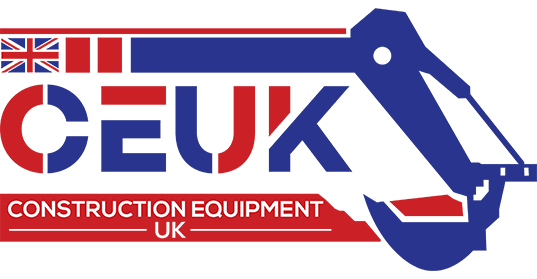5 Tips to Protect Your Heavy Equipment While in Storage
Your heavy equipment is an investment that demands specific attention both on and off the field. You can maximise the uptime and longevity of your construction equipment by adopting best practices during storage. Remember these five heavy equipment storage suggestions the next time you need to stow your machinery.

Follow the Manufacturer’s Storage Instructions
When it comes to equipment storage recommendations, go straight to the source. Your machine’s maker may give model-specific storage guidelines to preserve the equipment condition. Check the manufacturer’s site to see if you can discover any guidelines:
- Operator’s manual: In addition to care and maintenance instructions, your model’s operator’s handbook may provide advice regarding proper storage.
- Manufacturer’s website: Look for paperwork and blog articles about proper storage techniques on the manufacturer’s website.
- Customer service: Check with your manufacturer’s customer service department to see if they have any more resources.
Restore to Top Condition for Long-Term Storage
Even if you only plan to store your equipment for a few months, it’s essential to do regular maintenance before putting the machine away to avoid damage to the machine and its components.
Industrial equipment can accumulate dust, corrosion and other contaminants, primarily if you operate in an area with heavy dust particles or corrosive elements in the air. Before putting your heavy equipment away, wash it down with water to remove dirt, dust and chemicals. You may also consider using a preservative to further protect the machine. This simple maintenance step will keep your equipment in good working condition when you need it most.
Use Indoor Storage With Ground Protection
You don’t want to keep your heavy equipment outside in the winter where it can be exposed to ice and snow that can damage the machinery or cause it to rust. If you regularly store your equipment outside, try covering it with a tarp and move it indoors for the winter months to avoid damage. If you don’t have indoor space available, choose outdoor storage locations sheltered from the elements and away from wind and rain. Raised ground pads are ideal for this purpose.
Keep the Wheels and Tracks Clean
It’s essential to keep your equipment’s wheels and tracks clean to ensure smooth operation. The mechanisms that allow the wheels to rotate and the tracks to move on their axis can both be damaged by dry dirt. This can cause your equipment to malfunction, not to mention that a dirty machine may not be well-protected from the elements. Remove dirt, grime and other contaminants with a wire brush or compressed air and protect the machine by applying a light lubricant layer to the moving parts.
Top Off or Stabilise Fuel
Gas, diesel and other fuel used in heavy equipment tend to evaporate over time, decreasing your equipment’s starting power over time. Long-term storage can worsen fuel volatility, so it’s essential to keep your fuel levels topped off or stabilised by adding a fuel stabiliser. A fuel stabiliser will prevent fuel from evaporating during storage.
Conclusion
While the best way to store your heavy equipment is in use, you’ll inevitably need to put your machines away at some point. By following these tips, you can keep your equipment in top condition and reduce the chances of damage or corrosion. When you’re ready to get back to work, you’ll wake up your equipment with a properly maintained machine that’s ready to work again.
Shop for cranes and other construction machinery in the UK at Construction Equipment UK. Through us, you can buy used construction equipment from the world’s leading manufacturers. Contact us today for more information.

